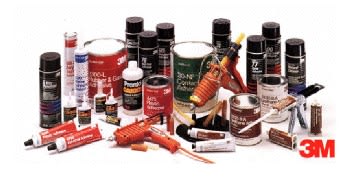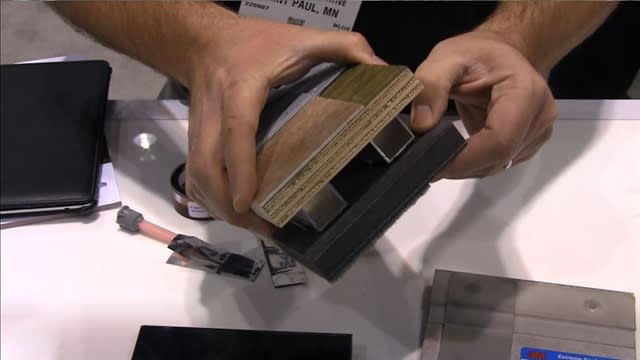JonSelby
Mechanical
- Jan 20, 2010
- 124
Although not GD&T I hope this is relevant ...
If you have a reference dimension which is a diameter, would you put the diameter symbol inside or outside of the reference brackets?
For example Ø(1,23mm) or (Ø1,23mm).
If it doesn't show up on other PC's the "Ø" symbol is supposed to be a diameter symbol!! ;-)
I'm working with BS8888, but ASME responses welcomed!
Thank you all!!
Jon
Jon S
Medical Design Engineer
Wotton-Under-Edge, UK
NX 10.0.2 / Teamcenter 10
If you have a reference dimension which is a diameter, would you put the diameter symbol inside or outside of the reference brackets?
For example Ø(1,23mm) or (Ø1,23mm).
If it doesn't show up on other PC's the "Ø" symbol is supposed to be a diameter symbol!! ;-)
I'm working with BS8888, but ASME responses welcomed!
Thank you all!!
Jon
Jon S
Medical Design Engineer
Wotton-Under-Edge, UK
NX 10.0.2 / Teamcenter 10




